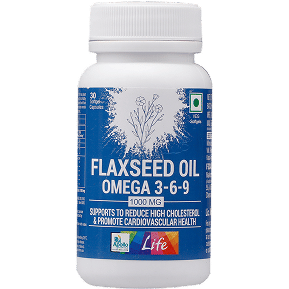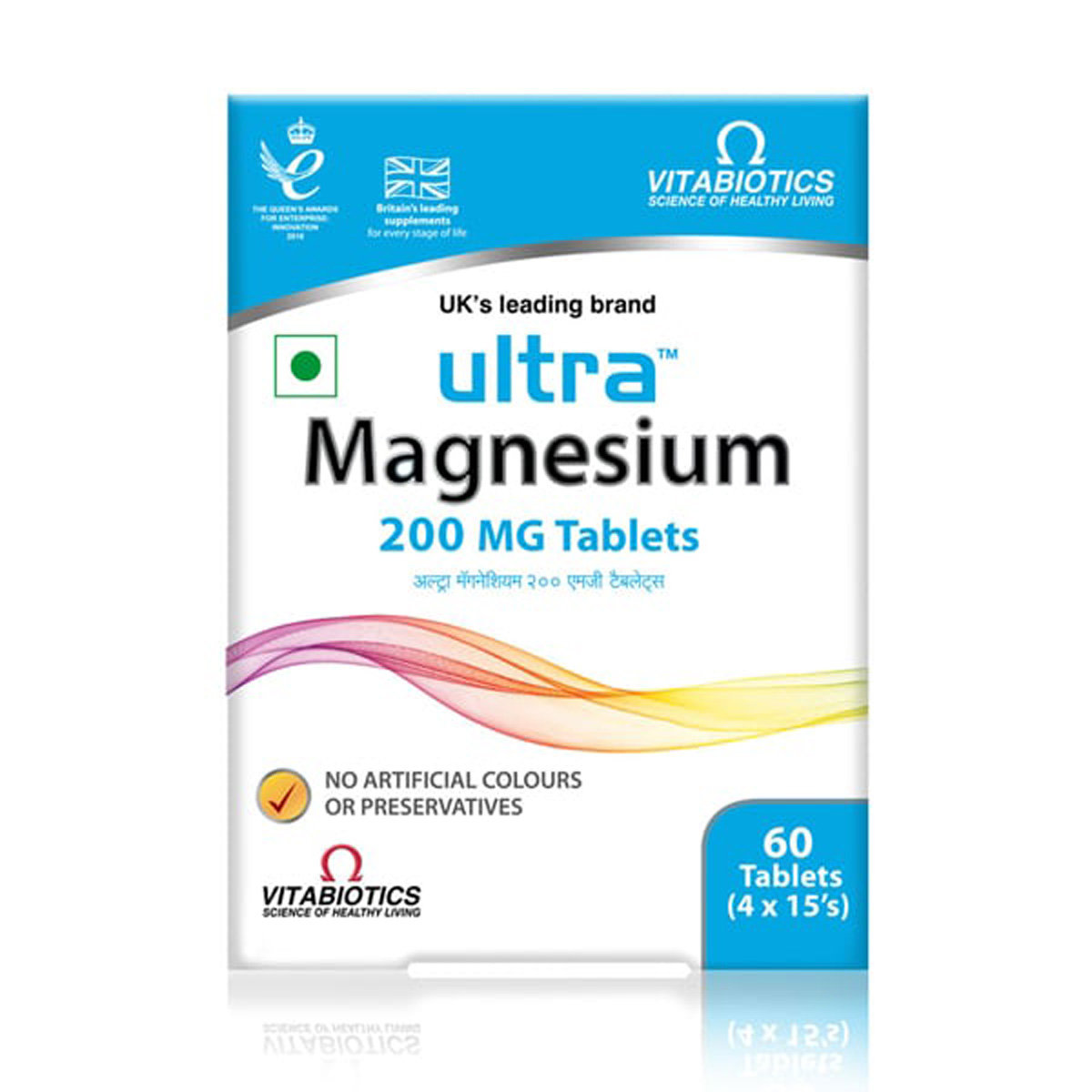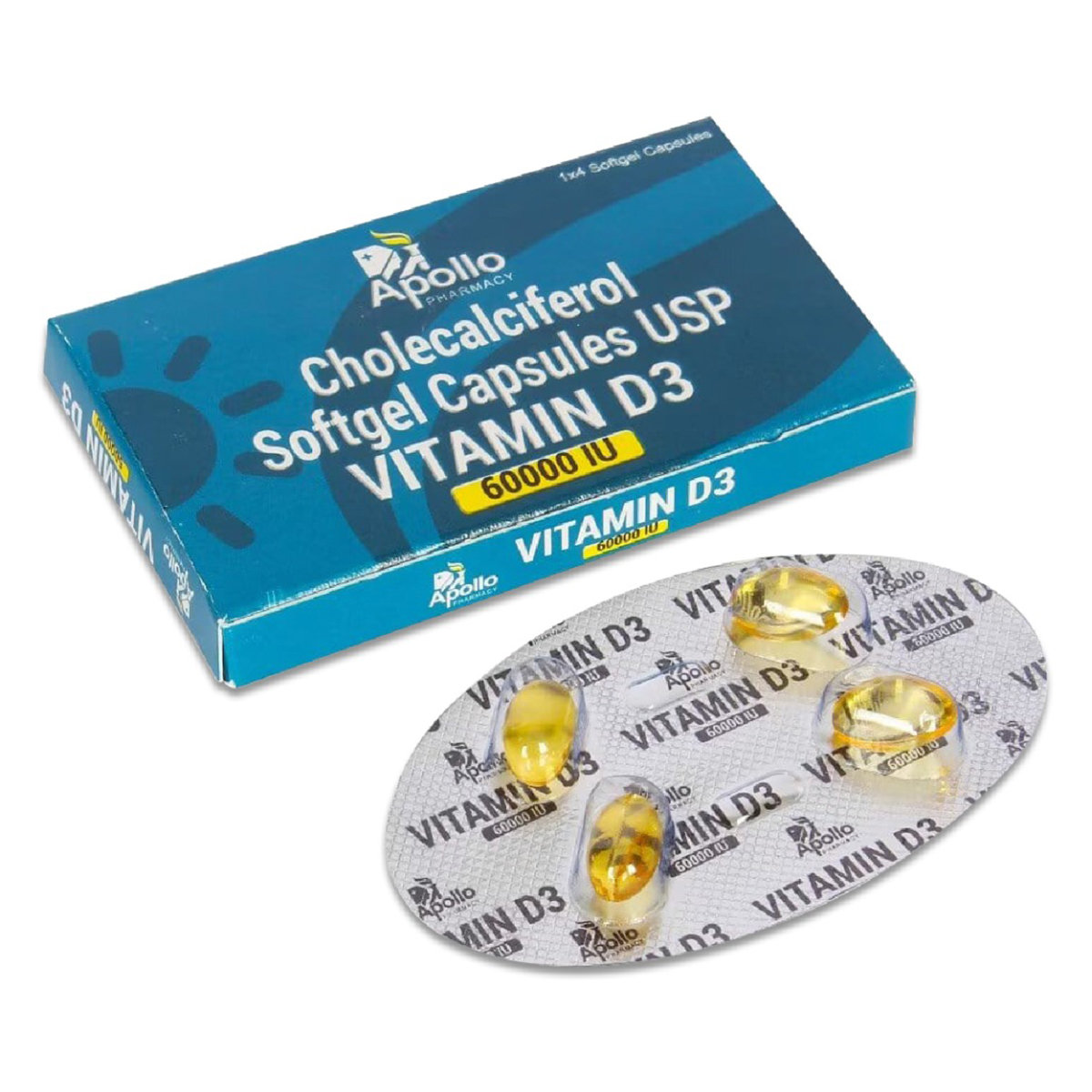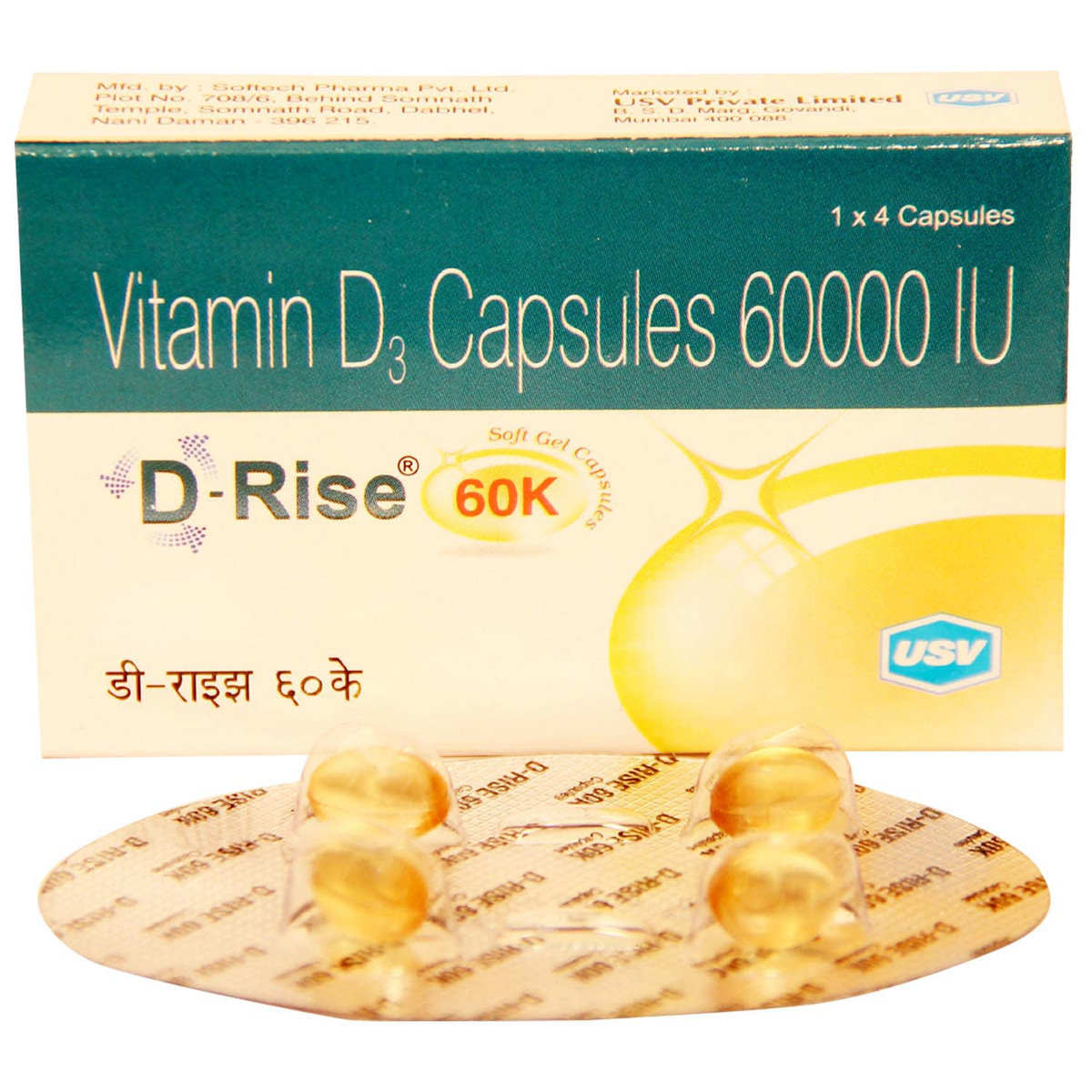Ketoplast Plus Plaster
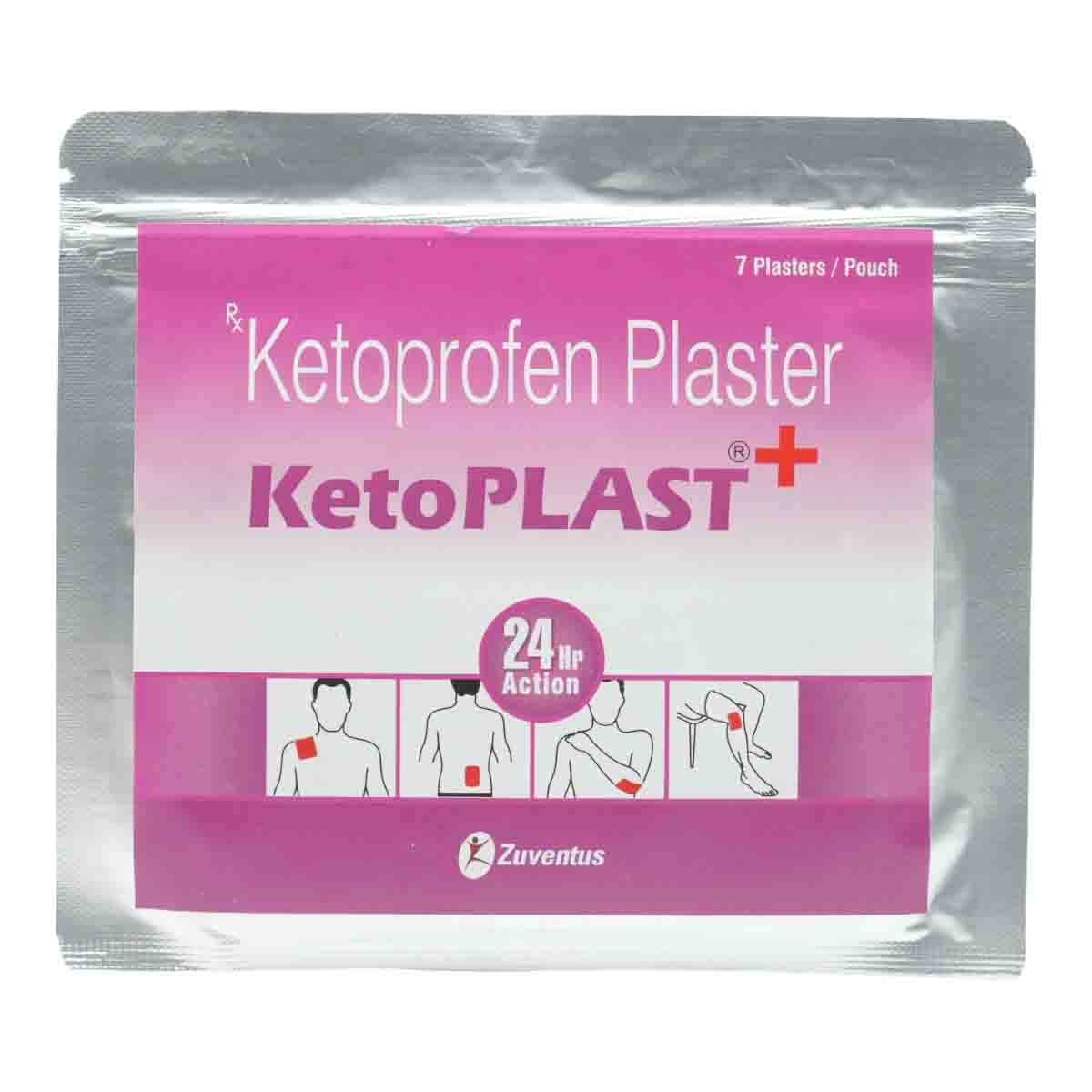
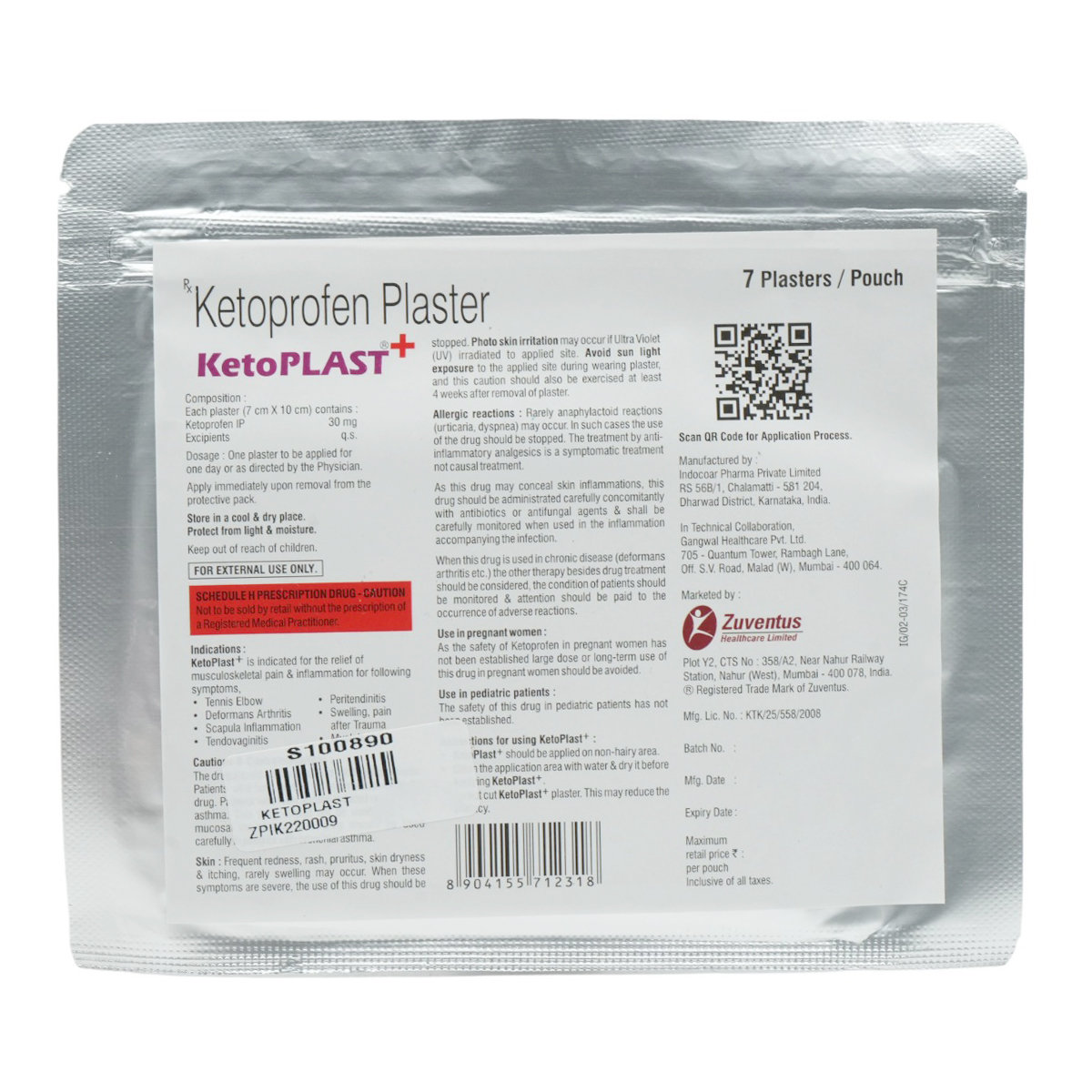
MRP ₹431.5
(Inclusive of all Taxes)
₹64.7 Cashback (15%)
know your delivery time
Provide Delivery Location
Composition :
Manufacturer/Marketer :
Consume Type :
Expires on or after :
Return Policy :

Secure Payment

Trusted by 8 Crore Indians

Genuine Products
Therapeutic Class
Country of origin
Manufacturer/Marketer address
Author Details
We provide you with authentic, trustworthy and relevant information
Disclaimer
Alcohol
Safe if prescribed
It is unknown if alcohol affects Ketoplast Plus Plaster. However, as a precautionary measure, it is advisable to limit or avoid consumption of alcohol.
Pregnancy
Consult your doctor
There are no adequate and well-controlled studies on pregnant women. Please inform your doctor if you are pregnant or planning to become pregnant. Your doctor will prescribe only if the benefits outweigh the risks.
Breast Feeding
Consult your doctor
Limited information is available on the effect of Ketoplast Plus Plaster on breastfeeding women. Tell your doctor if you are a nursing mother before taking Ketoplast Plus Plaster; your doctor will decide whether Ketoplast Plus Plaster can be taken by breastfeeding mothers.
Driving
Safe if prescribed
It does not impact your ability to drive or operate machinery.
Liver
Consult your doctor
If you have a pre-existing or a history of liver disease, inform your doctor before receiving Ketoplast Plus Plaster. Your doctor may adjust the dose or prescribe a suitable alternative based on your condition.
Kidney
Consult your doctor
If you have a pre-existing history of kidney diseases, inform your doctor before receiving Ketoplast Plus Plaster. Your doctor may adjust the dose or prescribe a suitable alternative based on your condition.
Children
Safe if prescribed
Ketoplast Plus Plaster is not recommended for children as safety and effectiveness have not been established.
Product Substitutes
About Ketoplast Plus Plaster
Ketoplast Plus Plaster belongs to a class of nonsteroidal anti-inflammatory drugs (NSAIDS) used to treat symptomatic relief of pain in conditions like soft tissue injuries, including sprains, strains, sports injuries, swelling, backache, muscle-tendonitis and rheumatic pain. Pain is an unpleasant sensation caused by an injury or illness. Pain may be acute (short term) or chronic (long term).
Ketoplast Plus Plaster contains ketoprofen, which works by blocking the action of cyclo-oxygenase (COX) enzyme in the body involved in producing certain chemical substances, such as prostaglandins, that cause pain and swelling. Thereby, it helps relieve pain and swelling.
Use Ketoplast Plus Plaster as recommended. Sometimes, you may experience application site reactions, itching, rash, blisters and dry skin. Most of these side effects of Ketoplast Plus Plaster do not require medical attention and gradually resolve over time. However, if the side effects worsen or persist, please consult your doctor.
Before using Ketoplast Plus Plaster, inform your doctor if you have any other medical conditions, sensitivities, and all medications you are using. And also, inform your doctor if you are pregnant, planning to become pregnant, or breastfeeding. Avoid contact of Ketoplast Plus Plaster with mucous membranes such as eyes, nose, or mouth. If contact occurs, rinse with water immediately.
Uses of Ketoplast Plus Plaster
Medicinal Benefits Mweb
Key Benefits
Ketoplast Plus Plaster contains ketoprofen, a pain reliever used to treat acute moderate to severe pain in various medical conditions such as soft tissue injuries, including sprains, strains, sports injuries, swelling, backache, muscle-tendonitis and rheumatic pain. It works by blocking the action of cyclo-oxygenase (COX) enzyme in the body involved in producing certain chemical substances, such as prostaglandins, that cause pain and swelling. Thereby, it helps relieve pain and swelling.
Directions for Use
Side Effects of Ketoplast Plus Plaster
- Application site reactions
- Itching
- Rash
- Blisters
- Dry skin
Drug Warnings
Before taking the Ketoplast Plus Plaster, inform about all your sensitivities or allergic conditions and all medications you use. In addition, let your doctor know if you have asthma, congestive heart failure, GI disorders, dermatitis (rash), renal toxicities and thrombosis (cerebrovascular Insufficiency) before using the Ketoplast Plus Plaster. And also, inform your doctor if you are pregnant, suspect you are pregnant, plan to have a baby, or are breastfeeding. If you become pregnant while receiving Ketoplast Plus Plaster therapy, inform your doctor. Ketoplast Plus Plaster is not recommended for children as safety and effectiveness have not been established.
Drug-Drug Interactions
Drug-Drug Interactions
Login/Sign Up
Coadministration of ketorolac together with Ketoplast Plus Plaster may increase the risk of side effects in the gastrointestinal tract such as inflammation, bleeding and ulcers.
How to manage the interaction:
Taking Ketorolac with Ketoplast Plus Plaster is not recommended, but it can be taken together if prescribed by a doctor. However, consult your doctor if you experience any unusual bleeding, dizziness, lightheadedness, red or black, tarry stools, coughing up or vomiting fresh or dried blood that looks like coffee grounds, severe headache, and weakness. Do not discontinue any medications without consulting a doctor.
Taking Dabigatran etexilate with Ketoplast Plus Plaster can increase the risk of bleeding leading to serious blood loss.
How to manage the interaction:
Taking Dabigatran etexilate with Ketoplast Plus Plaster together can possibly result in an interaction, but it can be taken if your doctor has advised it. However, if you experience unusual bleeding or bruising, dizziness, lightheadedness, red or black, tarry stools, coughing up or vomiting fresh or dried blood that looks like coffee grounds, severe headache, and weakness, consult the doctor. Do not stop using any medications without a doctor's advice.
Coadministration of Piroxicam with Ketoplast Plus Plaster can increase the risk of side effects such as inflammation(swelling with redness and pain), bleeding, ulceration.
How to manage the interaction:
Although there is a possible interaction between Piroxicam and Ketoplast Plus Plaster, you can take these medicines together if prescribed by a doctor. However, if you experience unusual bleeding or bruising, dizziness, lightheadedness, red or black, tarry stools, coughing up or vomiting fresh or dried blood that looks like coffee grounds, severe headache, and weakness, consult the doctor. Do not stop using any medications without talking to a doctor.
Co-administration of Ibrutinib with Ketoplast Plus Plaster can increase the risk of bleeding leading to serious blood loss.
How to manage the interaction:
Taking Ibrutinib with Ketoplast Plus Plaster together can result in an interaction, but it can be taken if a doctor has advised it. However, if you experience unusual bleeding or bruising, dizziness, lightheadedness, red or black, tarry stools, coughing up or vomiting fresh or dried blood that looks like coffee grounds, severe headache, and weakness, consult a doctor. Do not stop using any medications without a doctor's advice.
Coadministration of Ketoplast Plus Plaster and Tenofovir disoproxil can increase the risk of developing kidney problems.
How to manage the interaction:
Taking Ketoplast Plus Plaster and Tenofovir disoproxil together can lead to an interaction, but it can be taken if your doctor advises. However, if you experience any symptoms like nausea, vomiting, loss of appetite, increased or decreased urination, sudden weight gain or weight loss, shortness of breath, muscle cramps, dizziness, and irregular heart rhythm, contact your doctor immediately. Do not discontinue any medications without consulting your doctor.
Coadministration of Ketoplast Plus Plaster and Apixaban co-administration may raise the risk of bleeding.
How to manage the interaction:
Even though combining Ketoplast Plus Plaster and Apixaban may cause an interaction, it is still possible to take it if your doctor advises you to. Consult a doctor if you experience symptoms like blood in your urine or stool (or a black stool), severe bruising, prolonged nosebleeds, feeling dizzy or lightheaded, weakness or severe headache, vomiting blood or coughing up blood, heavy menstrual bleeding (in women), difficulty breathing, or chest pain. Without consulting a doctor, never stop taking any medications.
Taking Ketoplast Plus Plaster with fondaparinux can increase the risk of bleeding complications.
How to manage the interaction:
Taking Fondaparinux with Ketoplast Plus Plaster together can possibly result in an interaction, but it can be taken if your doctor has advised it. However, if you experience bleeding, severe back pain, dizziness, black or red stools, severe headache, weakness, and vomiting contact your doctor immediately. Do not stop using any medications without first talking to your doctor.
Everolimus can cause kidney issues, and taking it with Ketoplast Plus Plaster, can enhance the risk.
How to manage the interaction:
There may be a possibility of interaction between Everolimus and Ketoplast Plus Plaster, but it can be taken if prescribed by a doctor. However, if you experience nausea, vomiting, loss of appetite, increased or decreased urination, sudden weight gain or loss, fluid retention, swelling, shortness of breath, muscle cramps, tiredness, weakness, dizziness, confusion, or an irregular heart rhythm, consult a doctor. Do not stop using any medications without talking to a doctor.
Taking Ketoplast Plus Plaster with etodolac may raise the risk of gastrointestinal adverse effects (inflammation, bleeding, ulceration, and, in rare cases perforation).
How to manage the interaction:
Co-administration of Etodolac with Ketoplast Plus Plaster can result in an interaction, but it can be taken if a doctor has advised it. However, if you experience any unusual bleeding or bruising, dizziness, lightheadedness, red or black, tarry stools, coughing up or vomiting fresh or dried blood that looks like coffee grounds, a severe headache, and/or weakness, consult a doctor immediately. Do not discontinue any medications without consulting a doctor.
Using Dasatinib together with Ketoplast Plus Plaster may increase the risk of bleeding.
How to manage the interaction:
Co-administration of Dasatinib with Ketoplast Plus Plaster can result in an interaction, but it can be taken if a doctor has advised it. If you experience symptoms - like bruising, feeling dizzy or lightheaded, having red or black stools, severe headaches contact a doctor right away. Do not stop using any medications without a doctor's advice.
Drug-Food Interactions
Drug-Food Interactions
Login/Sign Up
Drug-Diseases Interactions
Drug-Diseases Interactions
Login/Sign Up
Drug-Drug Interactions Checker List
- ABROCITINIB
- WARFARIN
- APIXABAN
- CELECOXIB
- BROMFENAC
- DICLOFENAC
- LITHIUM
- METHOTREXATE
- SIROLIMUS
- TENOFOVIR
Habit Forming
Diet & Lifestyle Advise
- Daily exercise helps to stretch muscles, making them less prone to spasms, tears, and sprains. Mild workouts like jogging and walking can aid with muscle stretching.
- Acupuncture, massage, and physical therapy may be beneficial as well.
- Get enough sleep, as relaxing the muscles might assist in reducing inflammation and swelling.
- Muscle spasms can be treated with either hot or cold therapy. For 15-20 minutes, apply an ice pack or a heat pack to the muscle.
- Drink plenty of water to stay hydrated.
- Consume antioxidant-rich foods such as berries, spinach, kidney beans, dark chocolate, etc.
- Flavonoid-rich foods aid in reducing inflammation. Soy, berries, broccoli, grapes, and green tea are examples.
- Avoid freezing and extreme heat.
- Avoid smoking and drinking alcohol.
All Substitutes & Brand Comparisons
RX
K-Plast Transdermal Patches 7's
Hetero Healthcare Pvt Ltd
₹196.5
(₹25.27 per unit)
54% CHEAPERRX
Infen Plaster Transdermal patch 3's
Emcure Pharmaceuticals Ltd
₹515
(₹154.53 per unit)
178% COSTLIER
Buy best C.n.s Drugs products by
Intas Pharmaceuticals Ltd
Sun Pharmaceutical Industries Ltd
Torrent Pharmaceuticals Ltd
Alkem Laboratories Ltd
Abbott India Ltd
Cipla Ltd
Alteus Biogenics Pvt Ltd
Micro Labs Ltd
Lupin Ltd
Ipca Laboratories Ltd
D D Pharmaceuticals Pvt Ltd
Icon Life Sciences
Mankind Pharma Pvt Ltd
Tripada Healthcare Pvt Ltd
Arinna Lifesciences Ltd
Linux Laboratories Pvt Ltd
East West Pharma India Pvt Ltd
La Renon Healthcare Pvt Ltd
Talent India Pvt Ltd
Tas Med India Pvt Ltd
Zydus Healthcare Ltd
Cnx Health Care Pvt Ltd
Eris Life Sciences Ltd
Leeford Healthcare Ltd
Emcure Pharmaceuticals Ltd
Macleods Pharmaceuticals Ltd
Sigmund Promedica
Aristo Pharmaceuticals Pvt Ltd
Dr Reddy's Laboratories Ltd
Troikaa Pharmaceuticals Ltd
Consern Pharma Ltd
Zydus Cadila
Shine Pharmaceuticals Ltd
Wockhardt Ltd
Ardent Life Sciences Pvt Ltd
Crescent Formulations Pvt Ltd
Theo Pharma Pvt Ltd
Reliance Formulation Pvt Ltd
Ikon Pharmaceuticals Pvt Ltd
Propel Healthcare
Neon Laboratories Ltd
Jagsam Pharma
Msn Laboratories Pvt Ltd
Morepen Laboratories Ltd
Pulse Pharmaceuticals
Sanofi India Ltd
Med Manor Organics Pvt Ltd
Hetero Healthcare Pvt Ltd
Novartis India Ltd
Crescent Therapeutics Ltd
Elder Pharmaceuticals Ltd
Solvate Laboratories Pvt Ltd
Akumentis Healthcare Ltd
Mova Pharmaceutical Pvt Ltd
Psyco Remedies Ltd
Tripada Lifecare Pvt Ltd
Ajanta Pharma Ltd
Cyrus Remedies Pvt Ltd
Medishri Healthcare Pvt Ltd
Cadila Healthcare Ltd
Glenmark Pharmaceuticals Ltd
Matteo Health Care Pvt Ltd
Hbc Life Sciences Pvt Ltd
Lyf Healthcare
Matias Healthcare Pvt Ltd
Mesmer Pharmaceuticals
Alembic Pharmaceuticals Ltd
Capital Pharma
Crescent Pharmaceuticals
Medopharm Pvt Ltd
Alniche Life Sciences Pvt Ltd
Kivi Labs Ltd
Talin Remedies Pvt Ltd
USV Pvt Ltd
Quince Lifesciences Pvt Ltd
Solis Pharmaceuticals
Infivis Life Care
Zuventus Healthcare Ltd
Cadila Pharmaceuticals Ltd
Pfizer Ltd
Wallace Pharmaceuticals Pvt Ltd
A N Pharmacia Laboratories Pvt Ltd
Blue Cross Laboratories Pvt Ltd
Jenburkt Pharmaceuticals Ltd
Lia Life Sciences Pvt Ltd
Mano Pharma
Medley Pharmaceuticals Ltd
Primus Remedies Pvt Ltd
FDC Ltd
Maneesh Pharmaceuticals Ltd
Apex Laboratories Pvt Ltd
Gagnant Healthcare Pvt Ltd
Ozone Pharmaceuticals Ltd
RPG Life Sciences Ltd
Strides Shasun Ltd
Unichem International
GlaxoSmithKline Pharmaceuticals Ltd
Kuresys Labs Pvt Ltd
LA Pharma
Trion Pharma India Llp
Frequently Bought Together







